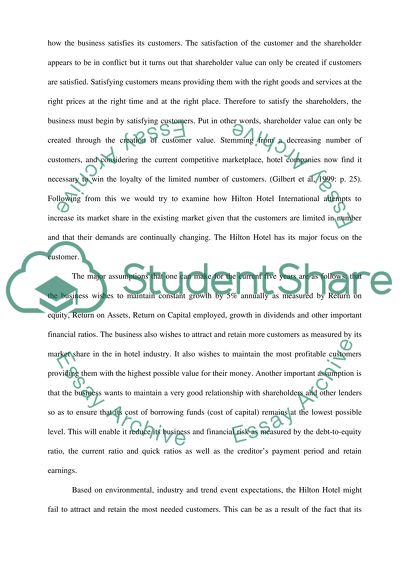Cite this document
(“Hilton Hotel Corporation Case Study Example | Topics and Well Written Essays - 2250 words”, n.d.)
Retrieved from https://studentshare.org/miscellaneous/1510262-hilton-hotel-corporation
Retrieved from https://studentshare.org/miscellaneous/1510262-hilton-hotel-corporation
(Hilton Hotel Corporation Case Study Example | Topics and Well Written Essays - 2250 Words)
https://studentshare.org/miscellaneous/1510262-hilton-hotel-corporation.
https://studentshare.org/miscellaneous/1510262-hilton-hotel-corporation.
“Hilton Hotel Corporation Case Study Example | Topics and Well Written Essays - 2250 Words”, n.d. https://studentshare.org/miscellaneous/1510262-hilton-hotel-corporation.


